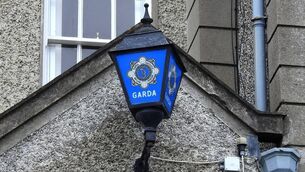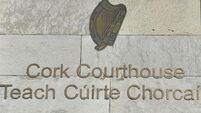Astronomers prepare for Mars' close encounter
Astronomers across Ireland were rigging up their telescopes today as Mars comes closer to the Earth than any time since the last ice age almost 60,000 years ago.
Amateur astronomers are looking forward to being able to see surface markings and polar ice-caps on the Red Planet as it comes to within 34,646,418 miles of the Earth – 145 times the distance to the Moon.













